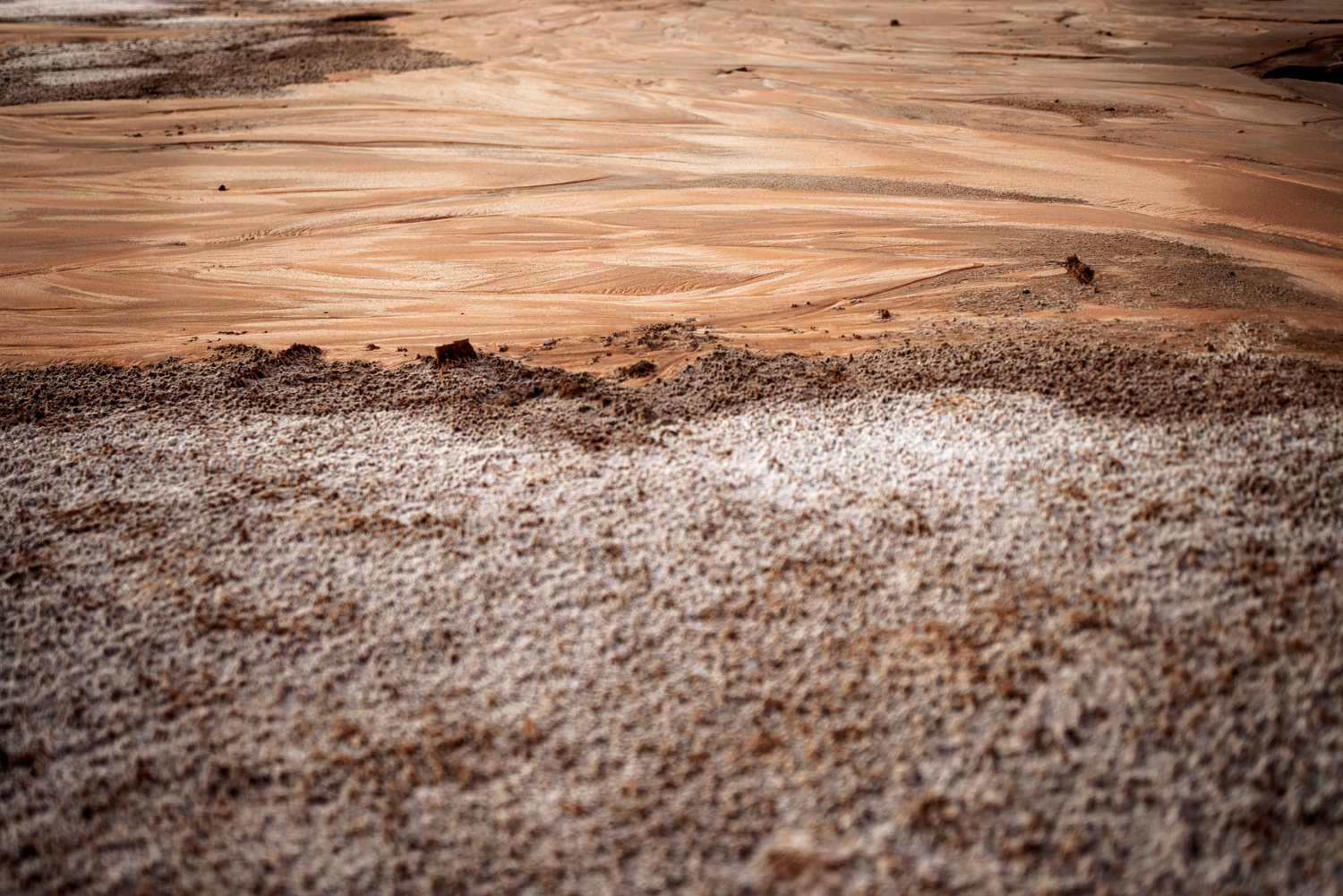Soil stabilization plays a key role in construction, acting as the backbone that supports the strength and durability of buildings and infrastructure. Without a stable foundation, structures are prone to cracks, settling, and various other issues that can lead to costly repairs. Over time, engineers have developed numerous ways to enhance soil stability, ensuring that buildings stand the test of time and adverse weather.
Recently, there’s been a significant shift in the methods used to stabilize soil, moving away from traditional methods like poly sheeting to more advanced alternatives such as injection methods. This transition is driven by the need for more efficient, cost-effective, and eco-friendly solutions. By embracing newer technologies, construction professionals can ensure that their projects are not only stronger but also more in tune with environmental sustainability.
The Traditional Method: Poly Sheeting
Poly sheeting, a method used for many years, involves placing sheets of polyethylene over soil to prevent moisture movement. It’s widely used in various industries, including agriculture and construction, due to its simplicity and effectiveness. The technique helps protect against soil erosion, controls dust, and acts as a vapor barrier to maintain soil moisture content.
However, despite its utility, poly sheeting has its downsides. One major concern is its environmental impact. Polyethylene is a type of plastic that can take hundreds of years to decompose, leading to significant pollution if not disposed of properly. Additionally, while poly sheeting can be effective at managing surface moisture, it does not address deeper soil stabilization needs and can be prone to tearing, which requires frequent maintenance and replacement.
Considering these limitations, it’s no surprise that the construction industry is looking for better alternatives. Soil stabilization methods that offer long-term solutions with minimal environmental drawbacks are becoming increasingly attractive. This brings us to the innovative approach of injection methods, which address many of the issues associated with poly sheeting while providing enhanced benefits.
The Innovative Approach: Injection Method
The introduction of injection methods marks a significant leap forward in soil stabilization. Instead of relying on surface-level interventions like poly sheeting, this method targets the soil directly. By changing the soil’s properties deep down, it achieves a more permanent solution. Essentially, the process involves injecting a special liquid into the soil. This liquid interacts with the clay particles, preventing water from binding and causing soil movement. The result is soil that resists swelling and remains stable over time.
This approach offers a range of benefits. First, it’s more efficient. The materials used are often needed in smaller amounts, which can reduce costs. Second, the injection process is quick, saving significant labor hours. Finally, it minimizes disruptions at the worksite. These injections don’t require extensive digging, so construction can carry on without interruption. This is especially important for projects where timelines are tight and disruptions can lead to delays.
Environmental and Technological Implications
Switching to these advanced solutions isn’t just about efficiency; it’s about being eco-friendly too. Unlike poly sheeting, which can be wasteful and harmful to the environment, injections use materials wisely. The technology lessens the need for large machinery, further cutting down on emissions and the carbon footprint of construction projects. Additionally, because of its long-lasting effect, it reduces the need for repeated interventions, which can be both costly and environmentally taxing.
There’s also a technical aspect to consider. Modern advancements in this field have made it possible to customize solutions based on soil types and specific site requirements. This adaptability means each project gets a tailored approach, resulting in better outcomes. As the construction industry becomes more tech-savvy, the use of data and precision tools continues to enhance the effectiveness of these solutions, ensuring that structures are built on solid ground.
ProChemical Soil Stabilization’s Unique Solutions
ProChemical Soil Stabilization utilizes a proprietary ionic solution that, when injected into the soil, changes the polarity of clay particles. This innovative approach prevents water molecules from bonding to the clay, effectively inhibiting soil swell and heave. Our solution, validated by extensive research conducted by the University of Texas, ensures long-lasting stabilization, protecting your structures for years to come.
This method provides several advantages:
– Material Efficiency: The ionic solution requires smaller quantities, translating to cost savings on materials.
– Labor and Time Savings: The quick injection process reduces labor costs.
– Minimal Disruption: Direct injection means less disturbance at construction sites.
– Longevity and Reliability: Long-term stabilization decreases the need for future repairs.
– Environmental Benefits: Using fewer materials and less machinery reduces environmental impact.
Securing a Stable Future
Ultimately, the shift from poly sheeting to injection solutions is about looking ahead. It reflects a broader trend in construction towards more sustainable and efficient practices. As developers, builders, and homeowners increasingly prioritize durability and integrity in their projects, these advanced soil stabilization methods offer peace of mind. They assure stakeholders that their investments are protected against the unpredictabilities of nature.
Investing in reliable stabilization approaches shows a commitment to long-term sustainability and quality. By adopting these methods, professionals in the construction industry can ensure their projects are not only cost-effective but also environmentally responsible. This proactive approach caters to modern demands while promoting a legacy of resilience and innovation in the building of infrastructure.
Explore how modern approaches like soil stabilization injection can improve the reliability of your construction site from the ground up. Choosing a long-lasting solution helps eliminate delays, reduce future repairs, and support eco-conscious project planning. ProChemical Soil Stabilization delivers dependable results that keep your foundations solid and secure, no matter the scale of your build.

